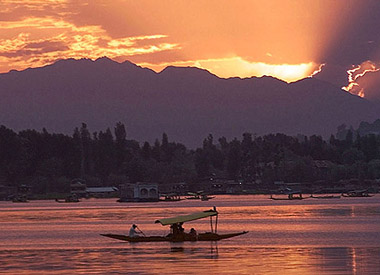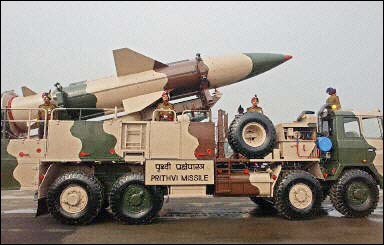Dal Lake: The Jewel in Kashmir's crown
 Dal lake of Kashmir is one of the most beautiful and picturesque lakes in India.It has been and continues to be a part of the poetry by some renowned poets.The second largest lake of Jammu and Kashmir state, Dal Lake is encircled by magnificent mountains on three sides. Adorning the banks of the Dal Lake is a number of blooming gardens and orchards.
Dal lake of Kashmir is one of the most beautiful and picturesque lakes in India.It has been and continues to be a part of the poetry by some renowned poets.The second largest lake of Jammu and Kashmir state, Dal Lake is encircled by magnificent mountains on three sides. Adorning the banks of the Dal Lake is a number of blooming gardens and orchards.

 The Indian Agricultural Research Institute (IARI) is the institute for advanced education in agriculture in India. It was established in 1905 as the Imperial Agricultural Research Institute.The campus was originally located in Pusa, Bihar and was shifted after the Bihar earthquake of 1934 to New Delhi to a place which is now called Pusa in New Delhi. The institute was recognized as a 'deemed university' in 1958 by an act of Parliament and since then it has awarded degrees M.Sc. and Ph.D. degrees. It is financed and administered by the Indian Council of Agricultural Research (ICAR). The IARI was responsible for the research leading to the "Green revolution" of the 1970s.
The Indian Agricultural Research Institute (IARI) is the institute for advanced education in agriculture in India. It was established in 1905 as the Imperial Agricultural Research Institute.The campus was originally located in Pusa, Bihar and was shifted after the Bihar earthquake of 1934 to New Delhi to a place which is now called Pusa in New Delhi. The institute was recognized as a 'deemed university' in 1958 by an act of Parliament and since then it has awarded degrees M.Sc. and Ph.D. degrees. It is financed and administered by the Indian Council of Agricultural Research (ICAR). The IARI was responsible for the research leading to the "Green revolution" of the 1970s. The Indian Independence League (also known as IIL) was a political organisation operated from the 1920s to the 1940s to organize those living outside of India into seeking the removal of British colonial rule over India.
The Indian Independence League (also known as IIL) was a political organisation operated from the 1920s to the 1940s to organize those living outside of India into seeking the removal of British colonial rule over India. Nainital is a town in the Indian state of Uttarakhand and headquarters of Nainital district in the Kumaon foothills of the outer Himalayas. Situated at an altitude of 1,938 metres (6,358 feet) above sea level, Nainital is set in a valley containing a pear-shaped lake, approximately two miles in circumference, and surrounded by mountains, of which the highest are Naina on the north, Deopatha on the west, and Ayarpatha on the south. From the tops of the higher peaks, "magnificent views can be obtained of the vast plain to the south, or of the mass of tangled ridges lying north, bounded by the great snowy range which forms the central axis of the Himalayas.
Nainital is a town in the Indian state of Uttarakhand and headquarters of Nainital district in the Kumaon foothills of the outer Himalayas. Situated at an altitude of 1,938 metres (6,358 feet) above sea level, Nainital is set in a valley containing a pear-shaped lake, approximately two miles in circumference, and surrounded by mountains, of which the highest are Naina on the north, Deopatha on the west, and Ayarpatha on the south. From the tops of the higher peaks, "magnificent views can be obtained of the vast plain to the south, or of the mass of tangled ridges lying north, bounded by the great snowy range which forms the central axis of the Himalayas. The Prithvi was India's first indigenously developed ballistic missile to result from
The Prithvi was India's first indigenously developed ballistic missile to result from